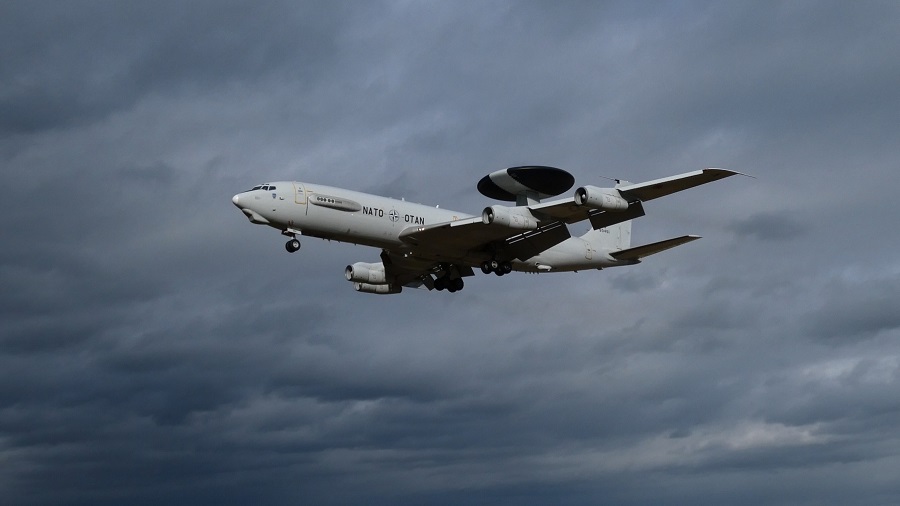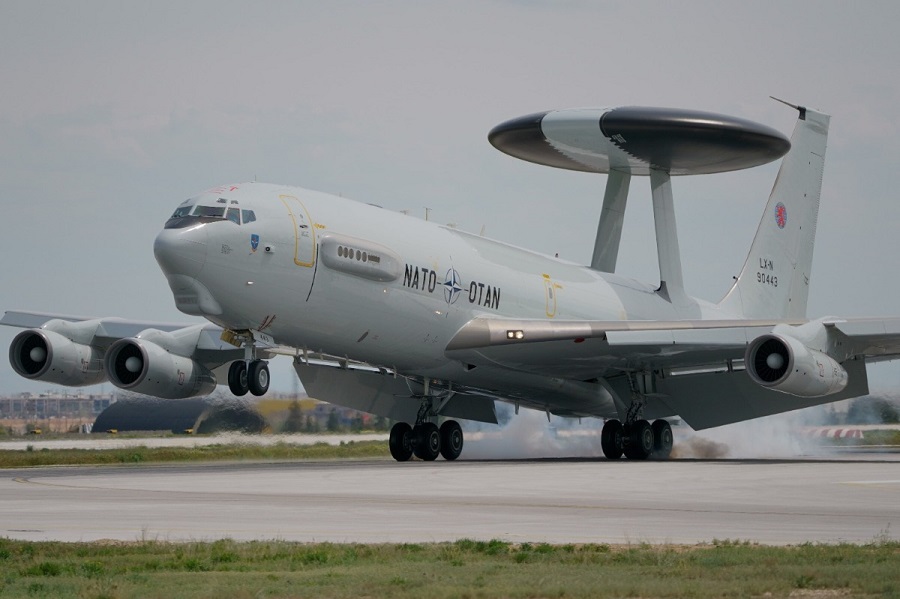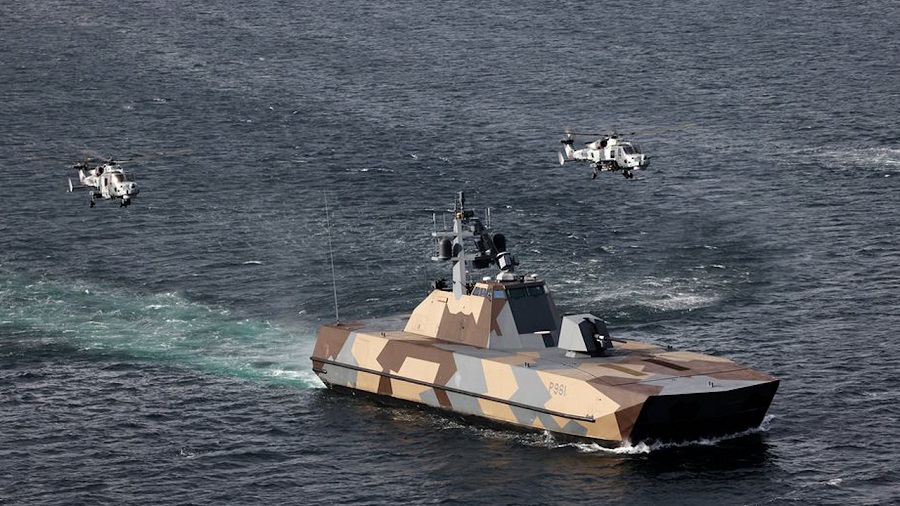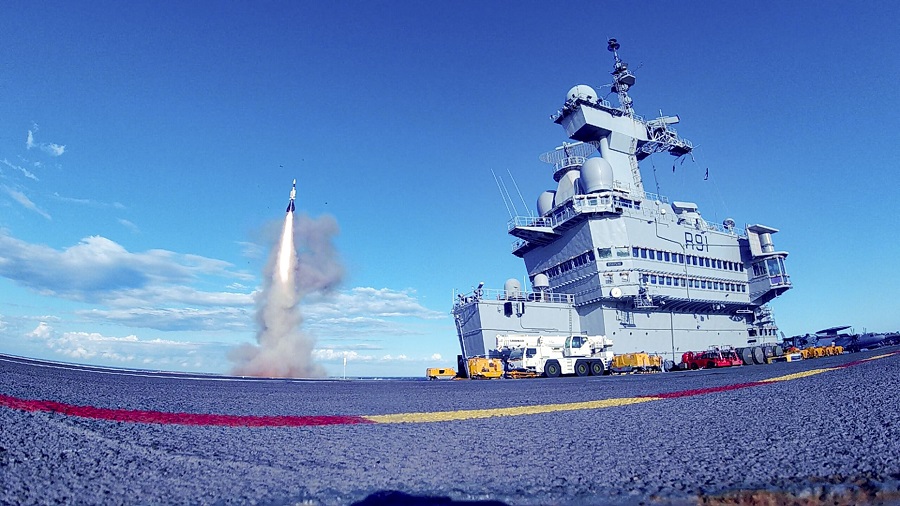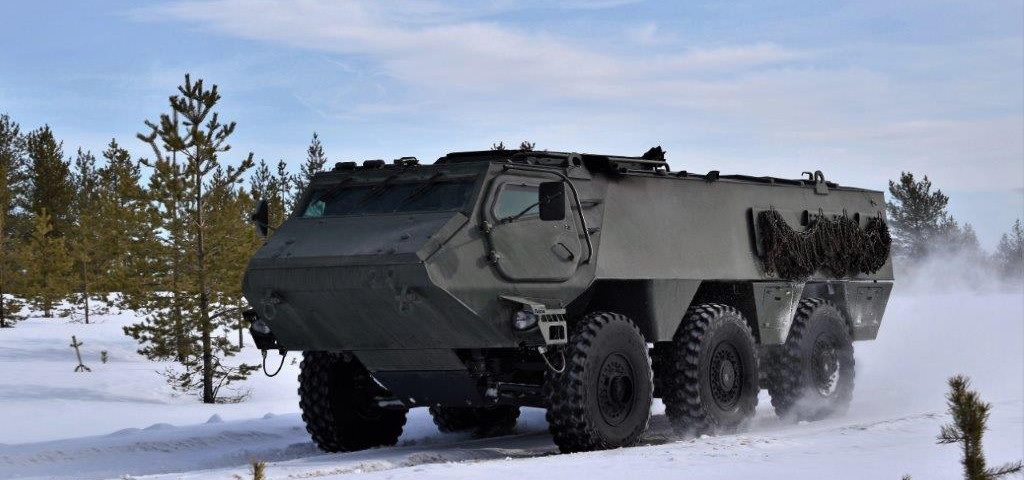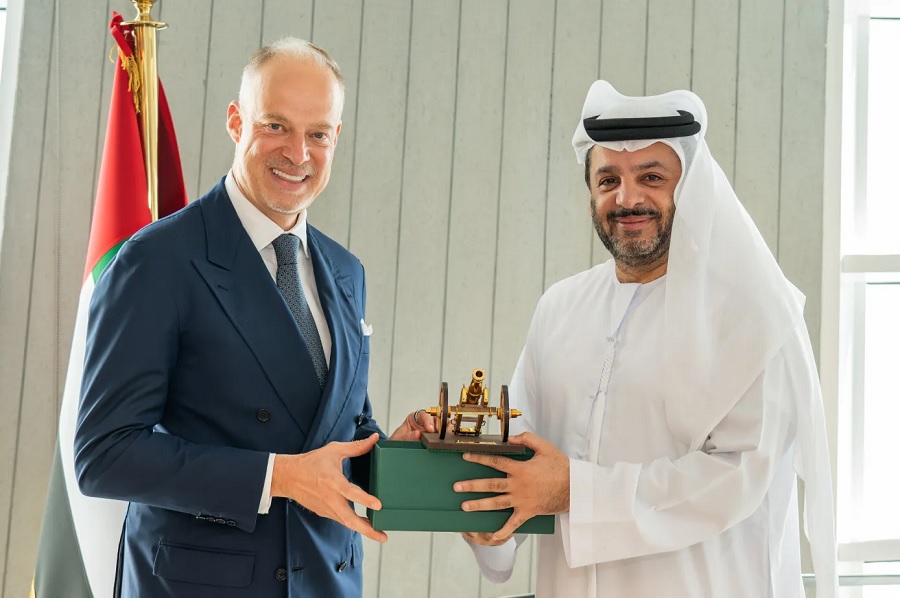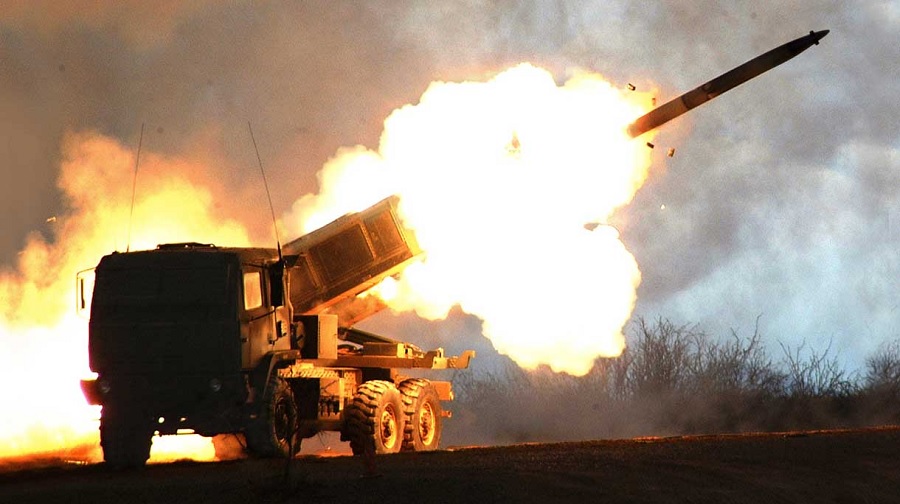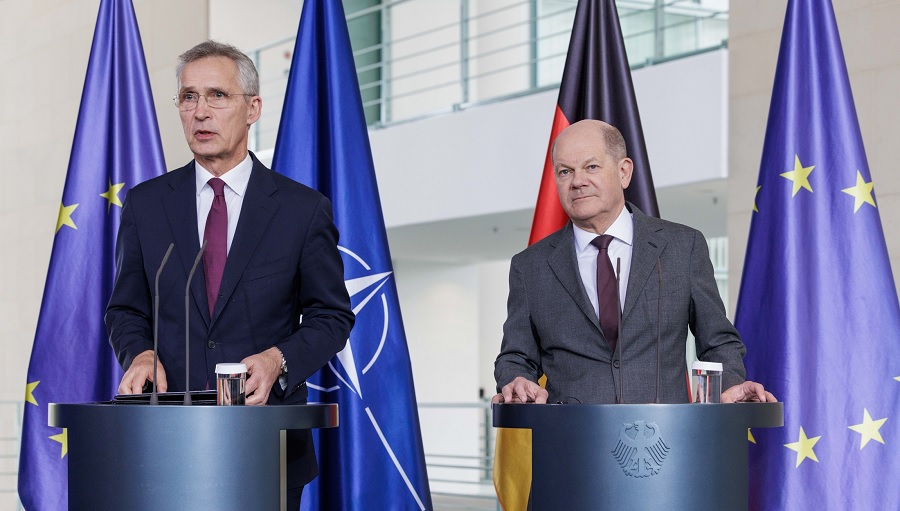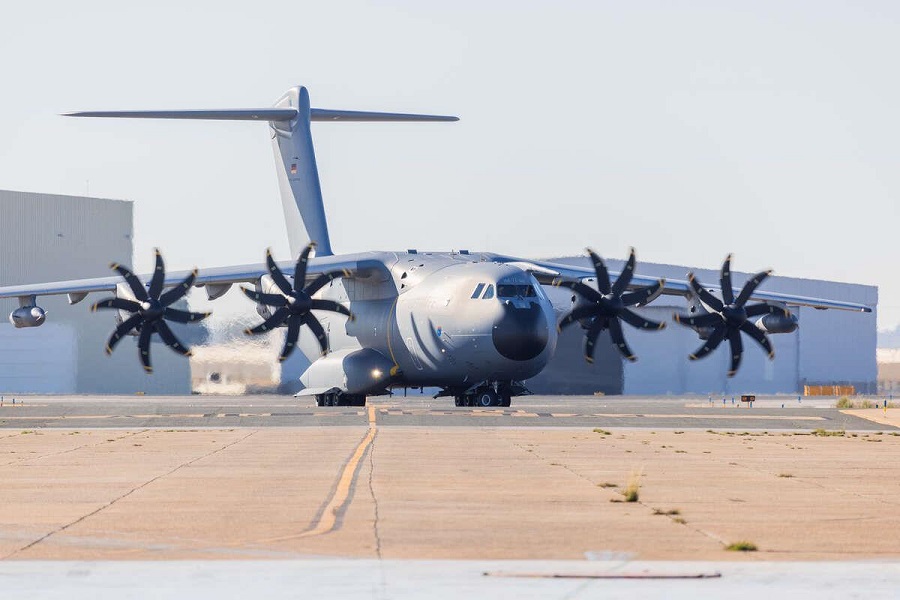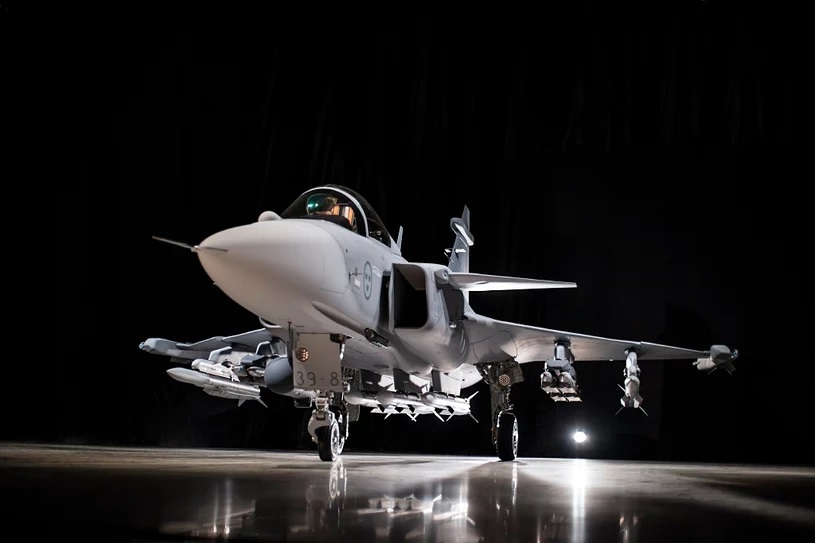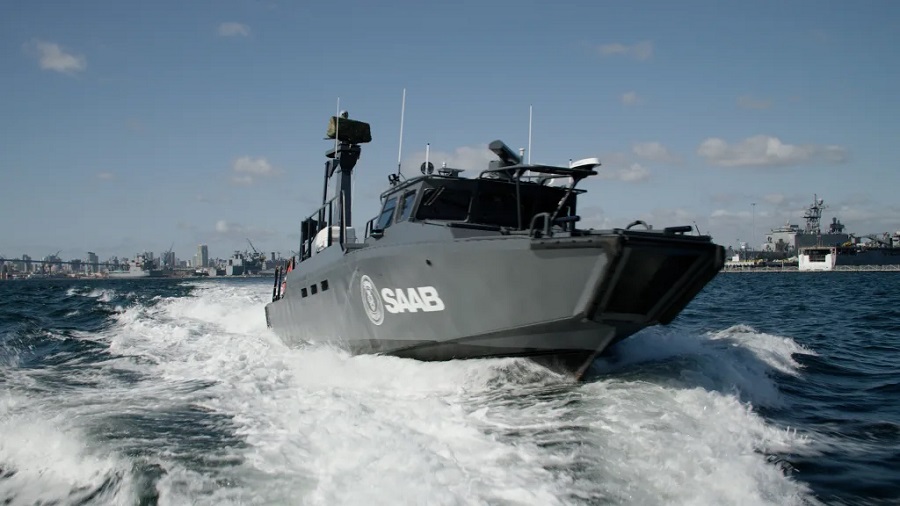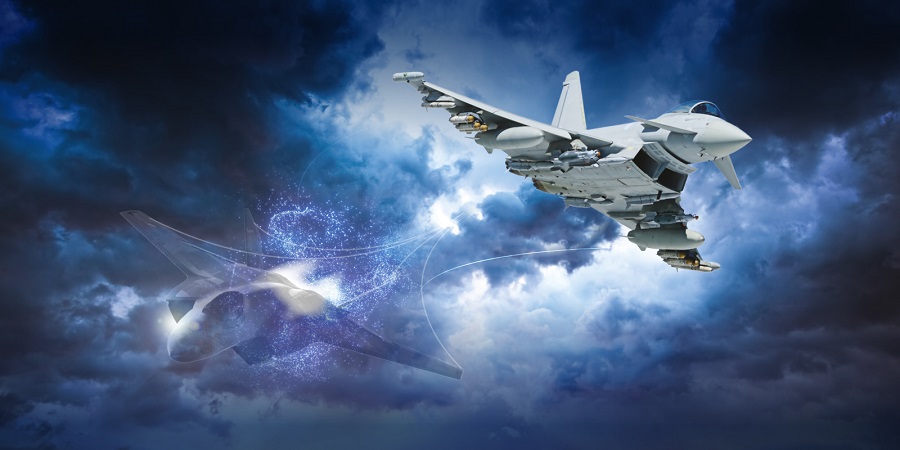“In day-to-day routine operations, NATO AWACS planes establish a recognized air picture and delivers that to Allied forces in the air, at sea and on the ground enhancing joint and combined interoperability,” said Major Christian Brett, spokesperson of the NATO Airborne Warning and Control Force based at Geilenkirchen, Germany. “Besides that, our planes can serve as a ‘flying command post’ coordinating aerial training activities of Allied aircraft virtually in any airspace,” he added.
The modified Boeing 707 aircraft are equipped with a long-range radar and passive sensors. They can detect potential threats, such as aircraft, missiles and drones over a distance of 400 km, making them NATO’s ultimate eye in the sky. NATO AWACS regularly provide Allies with a recognized air picture ensuring decision makers have the best information possible making the planes a critical capability.
Since the start of Russia’s unprovoked war in Ukraine, NATO has increased its presence in Eastern Europe and the Baltic Sea region with more fighter aircraft, tankers and surveillance aircraft. AWACS conduct regular patrols of the region to track air movements near NATO borders and thereby contribute to Alliance security and deterrence and defence along the eastern flank.




